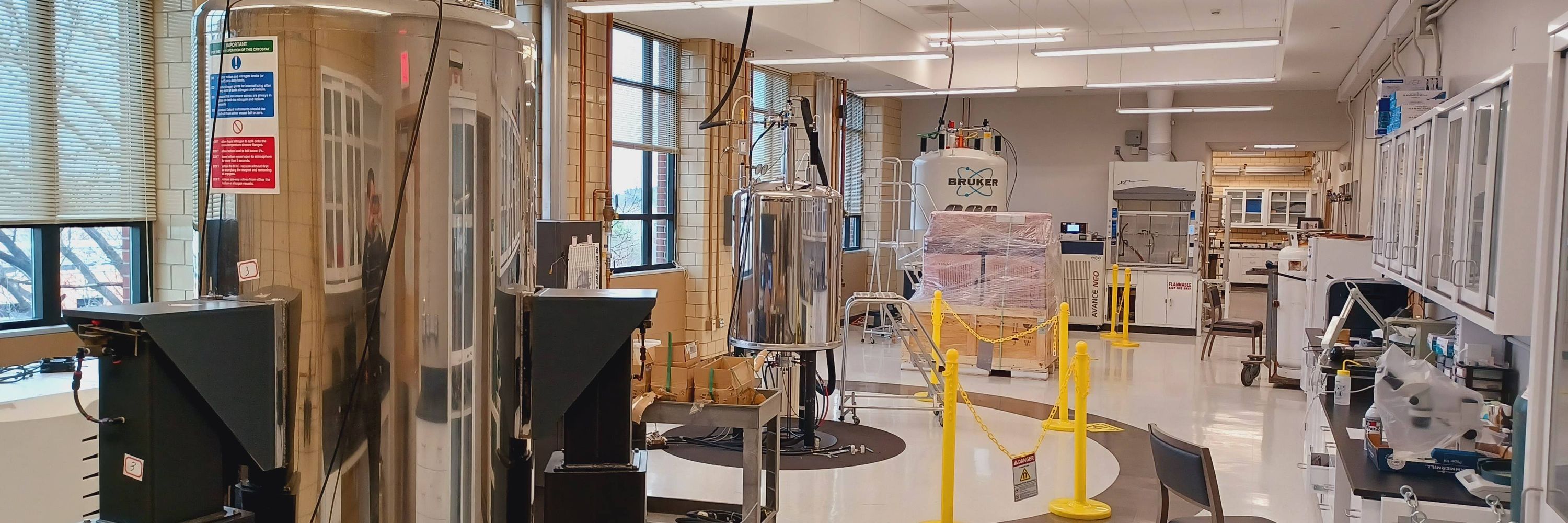Frédéric A. Perras
@fredaperras.bsky.social
150 followers
37 following
66 posts
NMR Spectroscopist. Staff Scientist at Ames National laboratory and Adjunct Associate Professor at Iowa State University. Opinions are my own.
Posts
Media
Videos
Starter Packs
Reposted by Frédéric A. Perras








